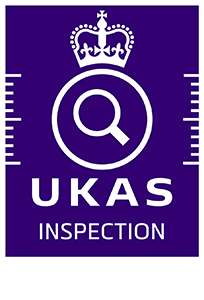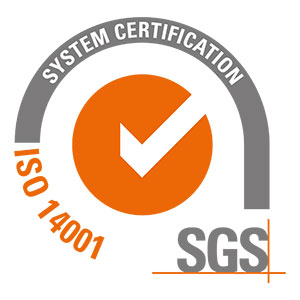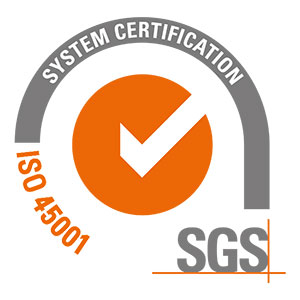Asbestos Waste Management: Best Practices for Safe Collection and Disposal
Asbestos waste management is a critical aspect of ensuring the safety of both workers and the environment. Proper collection and disposal of asbestos waste require adherence to specific guidelines and regulations to mitigate the risks associated with this fibrous material.
In this blog, we will discuss best practices for safe asbestos waste collection and disposal, highlighting the importance of responsible asbestos waste management.
Asbestos Identification and Segregation
The first step in asbestos waste management is accurately identifying and segregating asbestos-containing materials (ACMs). Trained professionals should conduct thorough assessments to identify all ACMs and separate them from non-asbestos waste. This segregation ensures that asbestos waste is handled separately throughout the entire collection and disposal process.
Licensed Waste Collection Service
Engaging an Environment Agency licensed asbestos waste collection service is crucial for safe and compliant disposal. These professionals have the necessary expertise, equipment, and certifications to handle and transport asbestos waste securely. They follow strict protocols for packaging and labelling to prevent the release of asbestos fibres during collection and transportation.
Proper Asbestos Waste Packaging and Labelling
Asbestos waste must be packaged securely to prevent fibre release and potential exposure. Double-bagging the waste in UN-approved asbestos waste packaging and sealing them tightly ensures containment. Additionally, the labelling on each bag clearly as “Asbestos Waste” and specific warning labels helps identify and handle the waste appropriately.
Asbestos Transportation and Documentation
Transporting asbestos waste requires careful planning and adherence to regulations. Licensed waste carriers employ dedicated vehicles that meet safety standards and have appropriate containment measures in place. Proper documentation, such as consignment notes, ensures a transparent record of waste transportation and disposal.
Asbestos Disposal in Licensed Facilities
Asbestos waste should only be disposed of in licensed facilities that have the appropriate permits and infrastructure for safe asbestos disposal. These facilities employ specialised processes to contain and immobilise asbestos fibres, minimising the risk of environmental contamination. Choosing licensed facilities ensures compliance with waste management regulations and reduces the environmental impact.
Compliance with Regulations
Asbestos waste management must comply with relevant guidelines. Working with a reputable waste management service ensures compliance with these regulations, mitigating legal and financial risks. By partnering with professionals who understand the regulatory landscape, you can be confident in the safe and compliant management of asbestos waste.
Asbestos Training and Awareness
Providing proper training and raising awareness among employees and contractors about asbestos waste management is essential. Educating personnel about the risks associated with asbestos and the correct procedures for waste handling promotes a culture of safety and responsible waste management within the organisation.

Effective asbestos waste management is crucial for protecting the environment and ensuring the health and safety of workers and the public. By following best practices, such as accurate identification and segregation, engaging licensed waste collection services, proper packaging and labelling, and disposal in licensed facilities, organisations can safely manage and dispose of asbestos waste.
Compliance with regulations and raising awareness through training further strengthens the commitment to responsible asbestos waste management. As a trusted provider of comprehensive asbestos services, G&L is committed to helping organisations implement these best practices and contribute to a safer environment for all.




